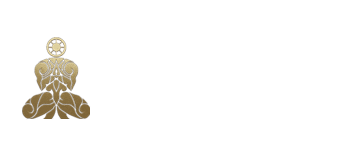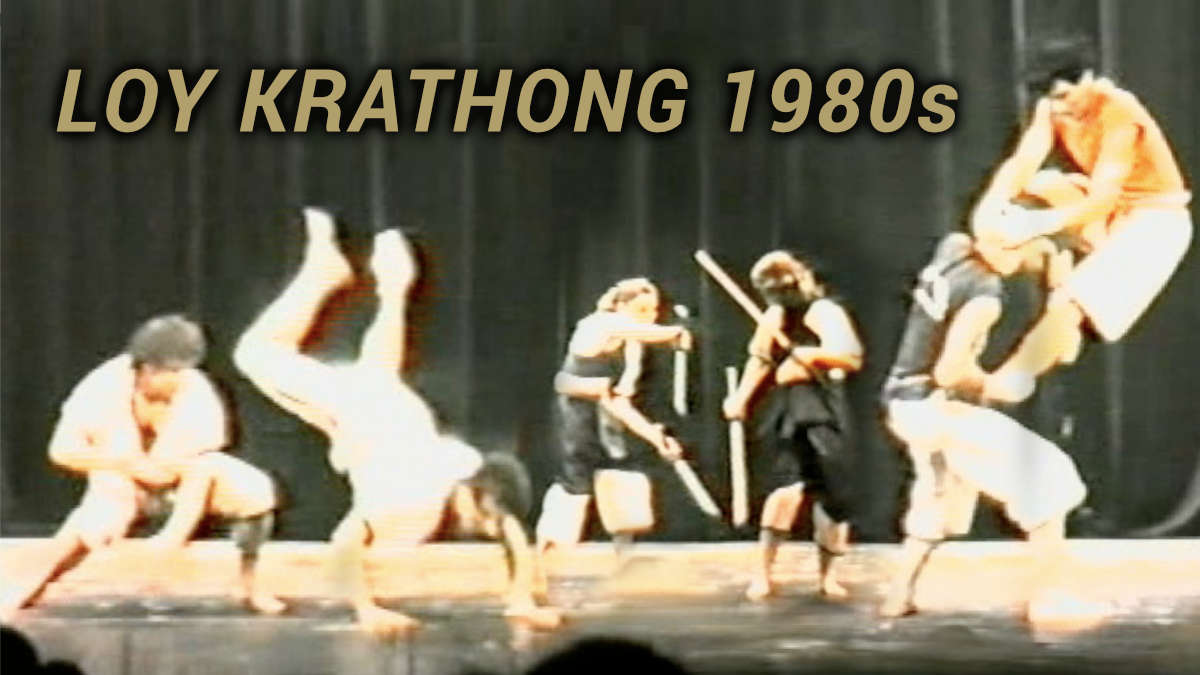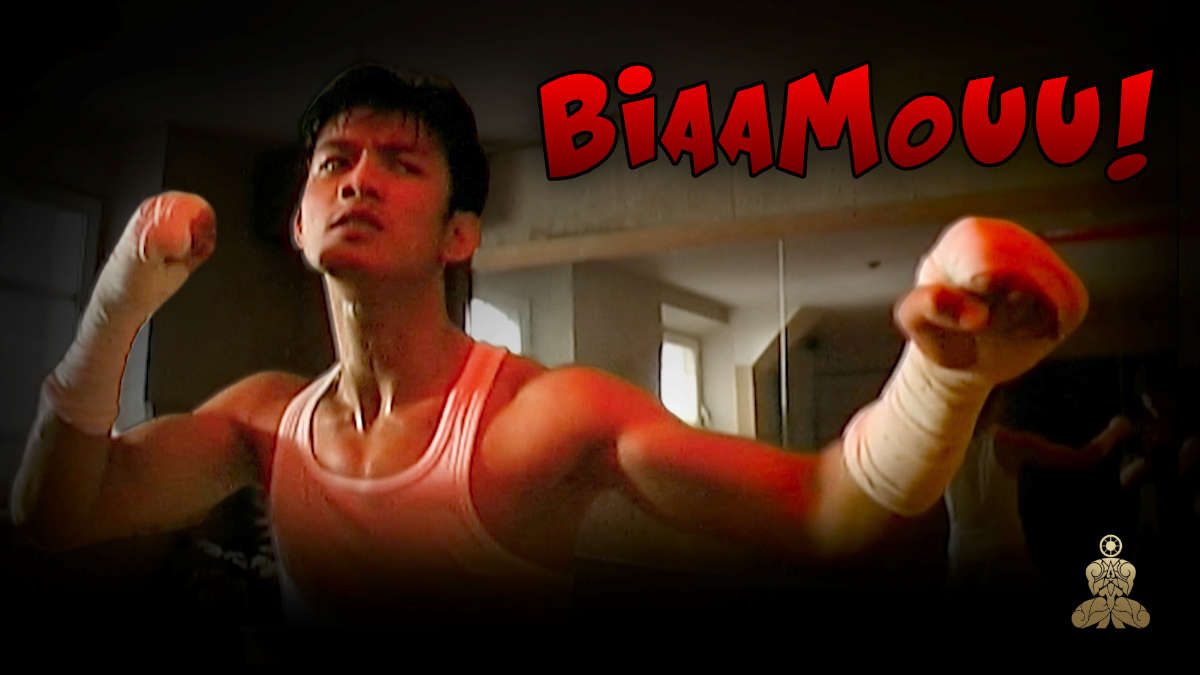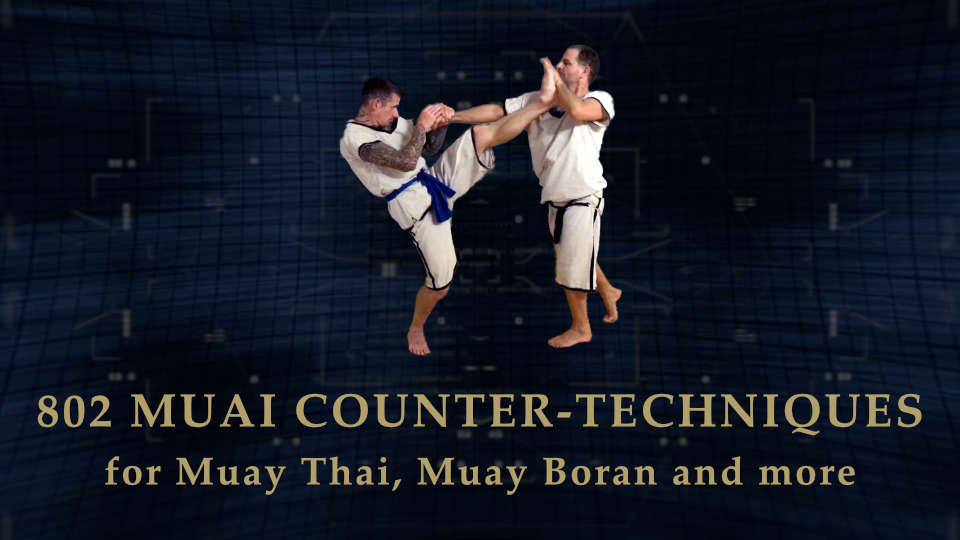What is a Muai Wat?
Muai Wat (temple boxing match) refers to boxing matches held in Buddhist temples. In contrast to Muay Prathom Jedi, these fights were mainly fought between temple children (Dek Wat)
Content
Background
The knowledge of boxing was spread in earlier times, among other things, through the Buddhist temples. The experienced fighters, who retired or devoted their purpose to Buddhist teaching, went to the temple as monks. The Buddhist temples functioned as well as educational institutions and reception centres for male youth and orphans.
In general, parents sent their children from a certain age to the temple during the day to read and write, not necessarily to learn the martial arts. Young people who were interested in fighting applied to a teacher or monk for admission as a Lugsidt (probationary student). The monks were also assigned boys who had lost their parents, as well as boys explicitly entrusted to the monks in case of educational problems or because of educational measures (e.g. in case of being troublesome). Such temple children (Dek-Wat) had the opportunity to learn martial arts.
The scope of the teaching of martial arts, especially in fistfighting, depended on the level of knowledge and the will of the teacher. The distinction between LING LOM and the various variations of the MUAI was not yet significant, as everything remained allowed as before in the bet fight.
During the temple celebrations, Dek-Wat were put forward as candidates to motivate foreign fighters to participate and to donate to the temple. When fighting Dek-Watt, the fighters had to be prepared for anything, as anything but proper fighting techniques could come to light.
The name Muai Wat (see Temple Fight) comes from the fact that the temples organized fights in which Dek-Wat were the fighters. In modern times, fighters are referred to as Muai Wat when the combat behavior is unfair or is exercised outside the applicable rules, e.g. by biting, pulling by the hair, spitting, cursing or insulting the opponent.
Only under the Thai king Rama V (Pra Jullajom Gauw 1868 – 1910 AD) who had officially abolished serfdom, the development of the (then still called Chock-Muai) sports fight Muay Thai to its current popularity was opened.
In contrast the martial art MUAI was handed down in a smaller circle because of the declining teaching offer and the distancing from Chock-Muai. King Rama V had a fondness for the show and sports fight Krabi Krabong, which is why interest in the organisation of Chock Muai fights also faded.
Recommended glossary entries



